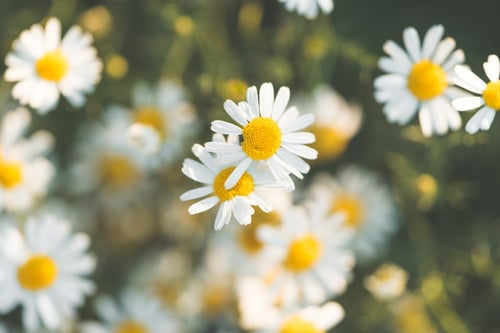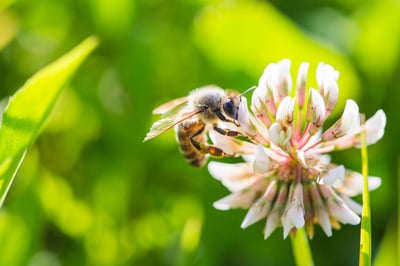
We need a better approach to ecology if we’re going to pull our world back from the brink on which it’s currently teetering, and that means a better stewardship meaning.
We humans have a tendency to simplify. While we think of ourselves as deep thinkers – and we often are, happily – we are also very good at Glossing Over Important Things and Reducing Complex Meanings to Shallow Understandings.
Take a look at any ecological buzzword and you’ll see what we mean:
- Green
- Sustainable
- Stewardship
These are words that have deep, multilayered connotations, but we toss them around as though they’re quite simplistic. The last one, especially, gets a surface treatment – and that’s a problem. Because until we understand the true important of the word stewardship we have very little chance of applying it properly.
We need a better stewardship meaning.
A Better Stewardship Meaning: Definitions
 The EPA defines environmental stewardship as “the responsibility for environmental quality shared by all those whose actions affect the environment.”
The EPA defines environmental stewardship as “the responsibility for environmental quality shared by all those whose actions affect the environment.”
The word “responsibility” is important here. It’s not enough simply to maintain a green system for the sake of looks, function or our own satisfaction.
We have a responsibility to interact with it on an intentional basis, looking for clues from plants and other infrastructure about what they need. This, as the EPA adds, is an important “means to a more sustainable future.”
We must start seeing our efforts not as a unilateral effort, but as a true partnership with plants and animals.
The Benefits of a Partnership with Plants and Animals
 Plants and animals have a lot to tell us about their needs and the surrounding environment, but only if we listen. In effect, we are acting in concert with them to create the greenest, most robust environments.
Plants and animals have a lot to tell us about their needs and the surrounding environment, but only if we listen. In effect, we are acting in concert with them to create the greenest, most robust environments.
Luckily, when we partner with nature instead of act upon her, we learn a lot more about how to do this. That means regular checkups to maintain peak performance, looking for:
- Key indicator species, which show whether plant and animal life is healthy
- Correct plant placement
- Fertilization needs
- Balanced chemicals, nutrients and system components
During these visits, it’s not enough to apply fertilizer on a schedule or add in a few new plants in a planned area; we have to listen, really listen, to what the organisms already there are telling us. Are they happy? Are they missing something? Are they in the right place?
It’s also important to understand the needs of animals. Your local area should be teeming with beneficial insect life, squirrels and birds, and other organisms that keep the ecology healthy. If a green system is devoid of animal life, that’s a bad sign … and means it probably won’t stay green for long.
These are the signs we must look for if we want to create a lasting ecology. It’s crucial, though, that we don’t simply do so on a maintenance level.
The Difference Between Maintenance and Stewardship
 This is a question we’ve covered in detail in previous blog posts, so we won’t belabor the point here except to say that stewardship and maintenance are often treated as the same thing – and they’re not.
This is a question we’ve covered in detail in previous blog posts, so we won’t belabor the point here except to say that stewardship and maintenance are often treated as the same thing – and they’re not.
The primary difference between them is the fact that maintenance is human-led, and stewardship is not.
That is to say, people decide when plants and animals get attention, when they get water, when they get trimmed or pruned or relocated or otherwise tended to.
We tend to put maintenance visits on schedules, moreover. In some cases, this is fine. With a healthy, functioning green roof, it’s okay to visit every 2-3 months.
But we can’t just assume that’s good enough. Many events require additional checking and nurturing, including:
- Drought
- Harsh winters
- Windstorms
- Pest invasions
… and other unforeseen but impactful circumstances.
What You Can Do to Support Stewardship Efforts Today
So how can you change your behavior when it comes to green roofs, gardens or other systems? What should you take away from this article about a true stewardship meaning?
Glad you asked. Whether you’re thinking of installing an entirely new green system – from a rooftop garden to a green roof to a bioswale – or already have one, it’s time for a mindset shift. It’s time to focus on what plants and animals need rather than what you expect from them.
That means working with a green roofing or landscaping professional who understands how to take cues from plants and give them what they need in return. Here at Ecogardens, that’s exactly what we do.
If you’d like to learn more about how we can help, or just extend the conversation about a better stewardship meaning, we invite you to get in touch today.

